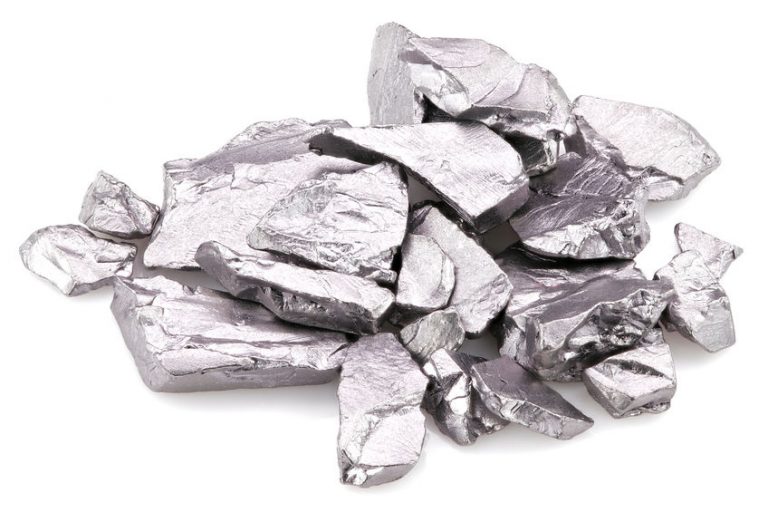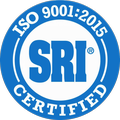
Wenn Sie das Wort „Tantalum“ gehört haben, denken Sie vielleicht, dass es sich um eine in den 1980er Jahren beliebte Heavy-Metal-Band handelt. Es gab keine solche Band, Apropos Metall, Tantal ist hart, duktiles Metall.
Tantalum’s Beginnings
Tantalum’s atomic number is 73 und sein Atomsymbol ist Ta. Sein Schmelzpunkt ist 5,462.6 F and its boiling point is 9,856.4 F.
Named after Tantalus, a Greek mythological character, Tantal wurde zuerst in entdeckt 1802. If you were to look for tantalum, you’d likely find it occurring naturally in the mineral columbite-tantalite which is found in a variety of countries, including Canada, Australien, Brazilien, Thailand and parts of Africa.
Tantalum’s Uses
So what’s tantalum used for? It’s most often used for electrolytic capacitors and vacuum furnace parts. You might find it in chemical process equipment as well as nuclear reactors and aircraft and missile parts. Because it’s completely immune to body liquids, tantalum is used in making surgical appliances. Tantalum oxide can be used to make a special glass (with a high index of refraction) that you might find in certain camera lenses. Tantalum has many uses.
Industries that Are Dependent on Tantalum
Tantalum is used in numerous industries, with a particular emphasis on the electronics industry. It’s a highly stable metal with high levels of corrosion resistance. Tatsächlich, it’s part of a class of metals known as refractory metals, as defined by strong resistance to heat and wear– and this is thanks to its very high melting point.
Alloy-wise, when combined with other metals, tantalum produces alloys with enhanced strength and higher melting points. Since it’s ductile, it can be used for processes involving bending, stamping and/or pressing.
Are you looking to buy pure tantalum metal and/or tantalum alloy(s)? Eagle Alloys sells tantalum and other industrial metals.






